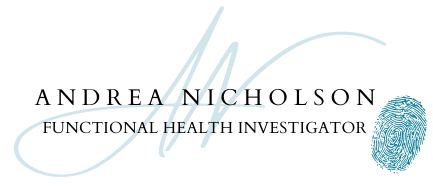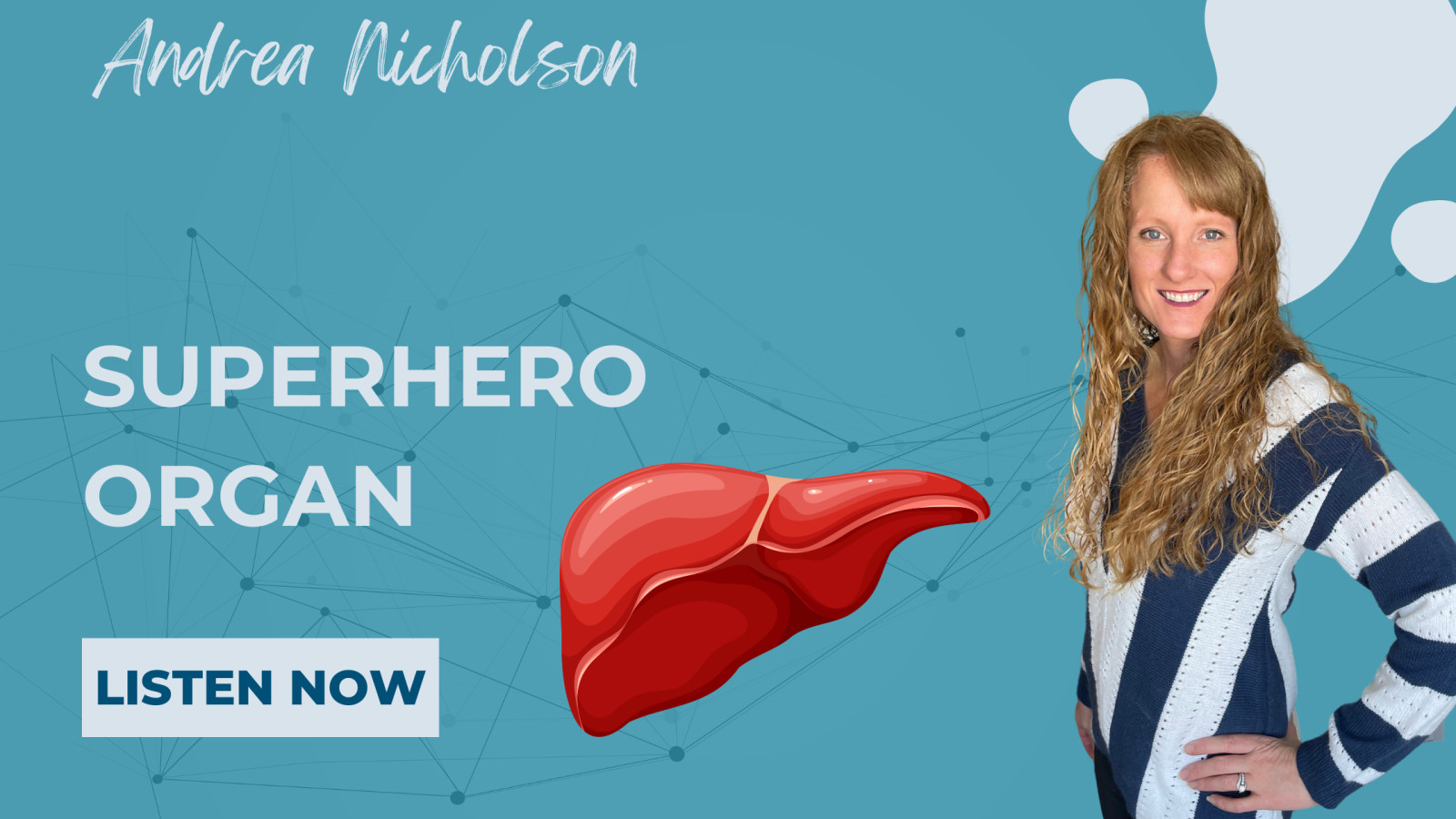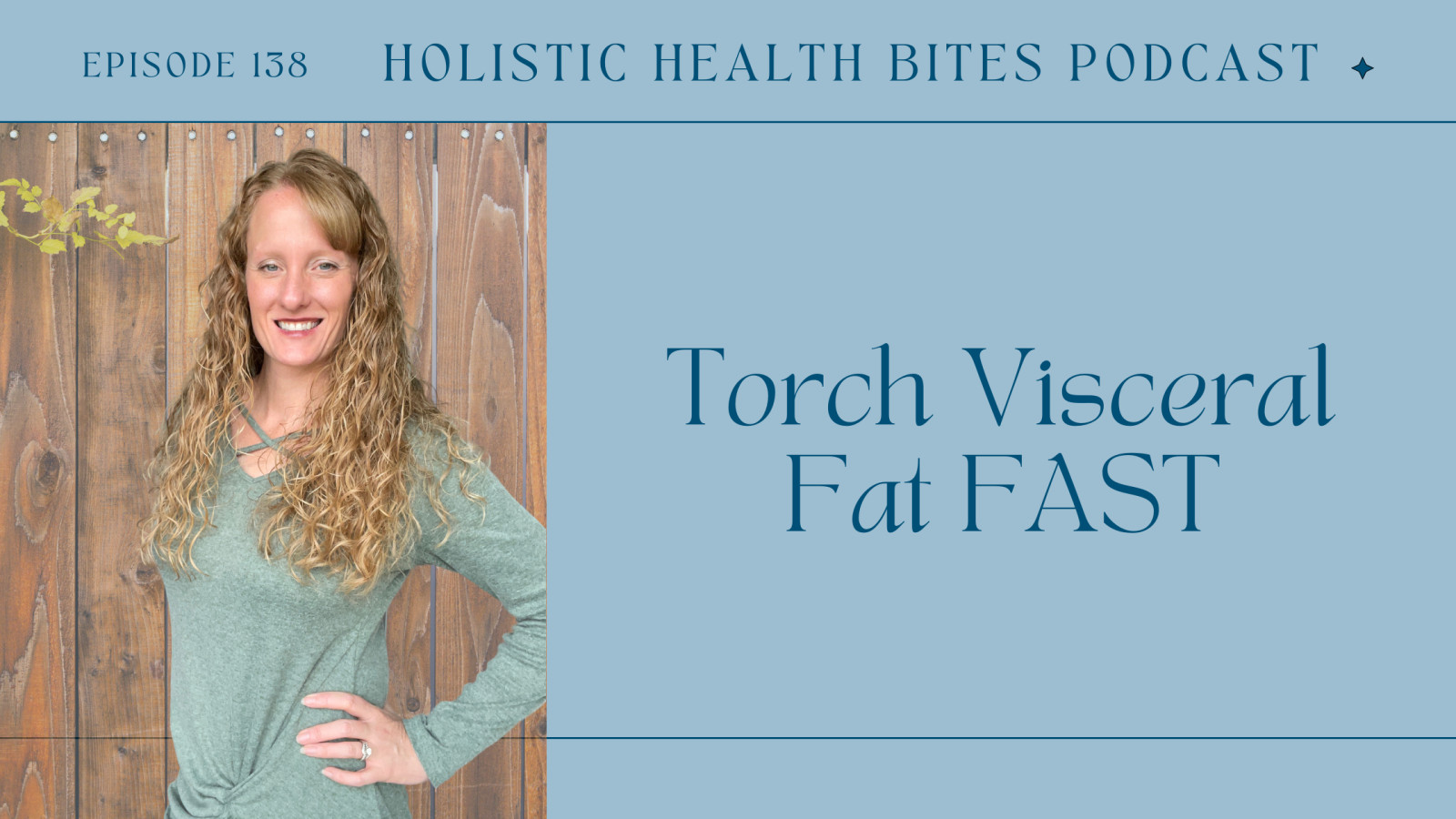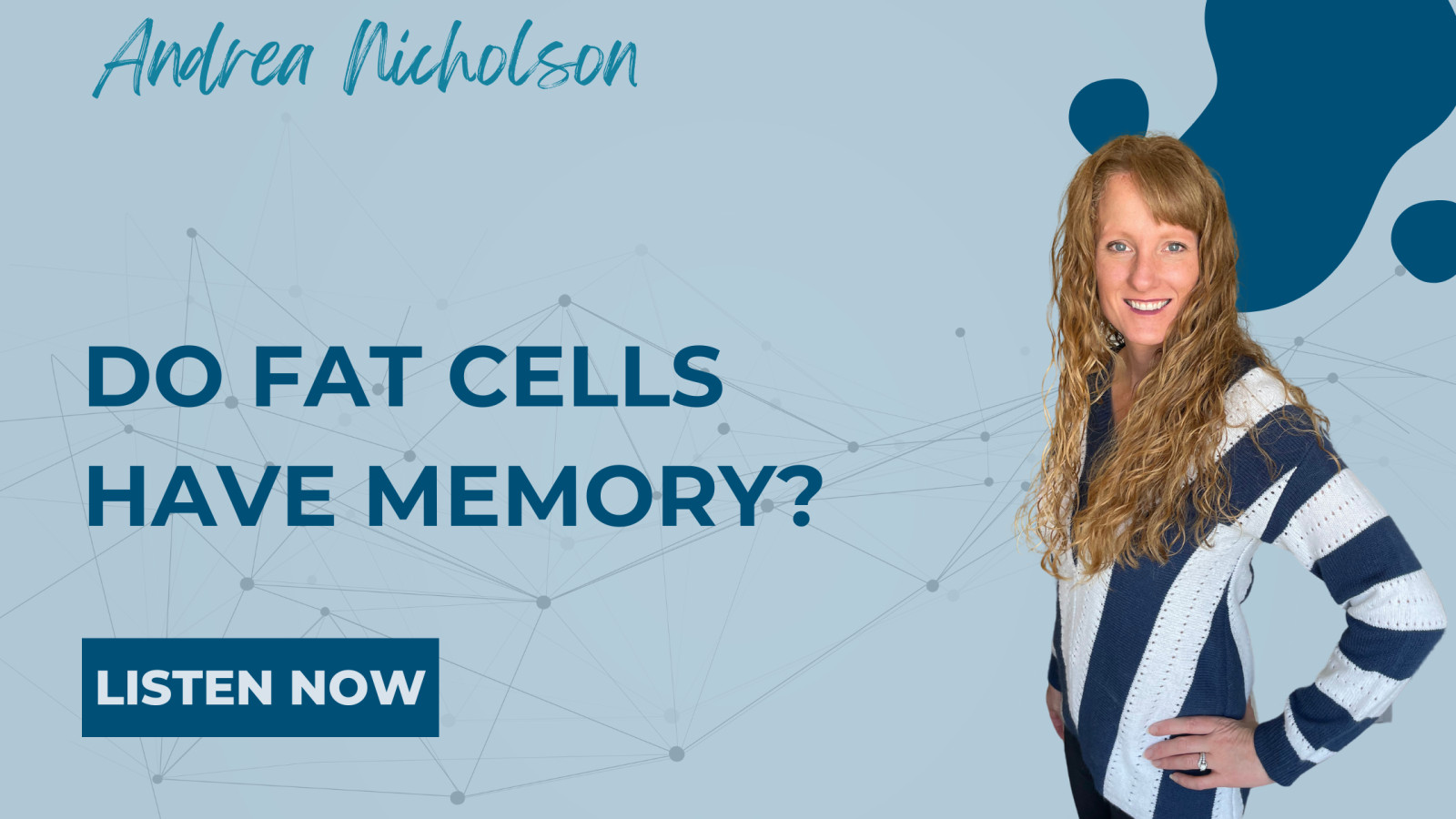
Fatty Liver
Most of us have heard of fatty liver being associated with alcoholism or consumption of large quantities of alcohol. But this isn’t the only cause of fatty liver. The vast majority of fatty liver cases today are not related to alcohol consumption, but rather due to metabolic changes in the liver (and throughout the body). This is referred to as Non-Alcoholic Fatty Liver Disease or Metabolic Associated Fatty Liver Disease, using the acronyms NAFLD or MAFLD. For simplicity, we’ll use NAFLD through the rest of this episode as this is the more often used term as of today.
NAFLD is the accumulation of fatty triglyceride globules in the liver cells. This can be medically visualized using biopsy or radiologic imaging of the liver. In later stages, this can develop into inflammatory liver disease, non-alcoholic steatohepatitis (NASH), and permanent liver damage via fibrosis.
A healthy liver does not store lipids, so any form of fatty liver is pathogenic.
The liver is the primary producer of lipids such as cholesterol, triglyceride, and phospholipids by a process called de novo lipogenesis. This process is influenced by insulin. There is no limit to how much lipid can be produced by the liver…it is entirely driven by the frequency and quantity of food coming in. Because this is influenced by insulin, the majority of lipid produced comes from carbohydrate consumption (which stimulates insulin the most).
Studies show that the liver doesn’t release triglycerides or fatty acids directly into the blood, but can package them up into VLDL molecules for transport to other parts of the body. VLDL production is also insulin mediated. When lipid production from de novo lipogenesis exceeds the VLDL transport capacity, the fat remains in the liver.
In cases of NAFLD, blood glucose is elevated which continues to stimulate de novo lipogenesis. Decreasing carbohydrate intake decreases the rate of lipogenesis and blood glucose and causes the body to use fatty acids for fuel (instead of glucose). All combined, reduces insulin resistance, fat accumulation, and blood sugar levels.
Reversing Fatty Liver
The great news is fatty liver can be remedied and rather quickly. Clinical case studies have shown that when a therapeutic carbohydrate restricted plan is followed, carbs reduced to less than 10% of daily calories, and reducing eating frequency to 2 meals per day (no snacks) has shown observed remission of fatty liver within 3-7 days! This can also happen with alcoholic fatty liver disease with a complete abstinence from alcohol.
Obesity is not a cause of fatty liver disease, but likely fatty liver leads to obesity. Insulin resistance is the original foundation that leads to fatty liver. Insulin resistance develops due to chronically high blood sugars due to high consumption of carbohydrates and frequent eating, causing frequent and large insulin releases.
If you have been told you have prediabetes, type 2 diabetes, obesity, insulin resistance, or fatty liver, there is hope to reverse it! Schedule a free call with me to go over your roadmap to healing.





















0 Comments